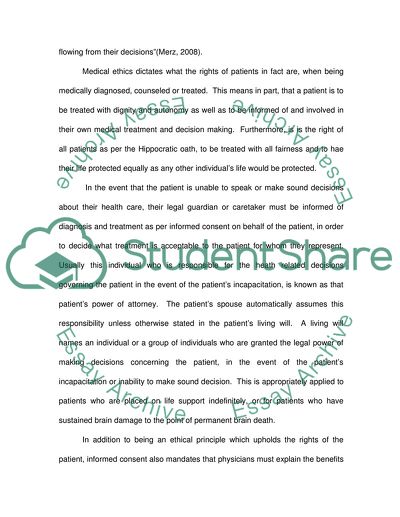Cite this document
(“Physician Assisted Suicide or Hospice Essay Example | Topics and Well Written Essays - 3750 words”, n.d.)
Physician Assisted Suicide or Hospice Essay Example | Topics and Well Written Essays - 3750 words. Retrieved from https://studentshare.org/health-sciences-medicine/1715904-bioethics-essay-final
Physician Assisted Suicide or Hospice Essay Example | Topics and Well Written Essays - 3750 words. Retrieved from https://studentshare.org/health-sciences-medicine/1715904-bioethics-essay-final
(Physician Assisted Suicide or Hospice Essay Example | Topics and Well Written Essays - 3750 Words)
Physician Assisted Suicide or Hospice Essay Example | Topics and Well Written Essays - 3750 Words. https://studentshare.org/health-sciences-medicine/1715904-bioethics-essay-final.
Physician Assisted Suicide or Hospice Essay Example | Topics and Well Written Essays - 3750 Words. https://studentshare.org/health-sciences-medicine/1715904-bioethics-essay-final.
“Physician Assisted Suicide or Hospice Essay Example | Topics and Well Written Essays - 3750 Words”, n.d. https://studentshare.org/health-sciences-medicine/1715904-bioethics-essay-final.


